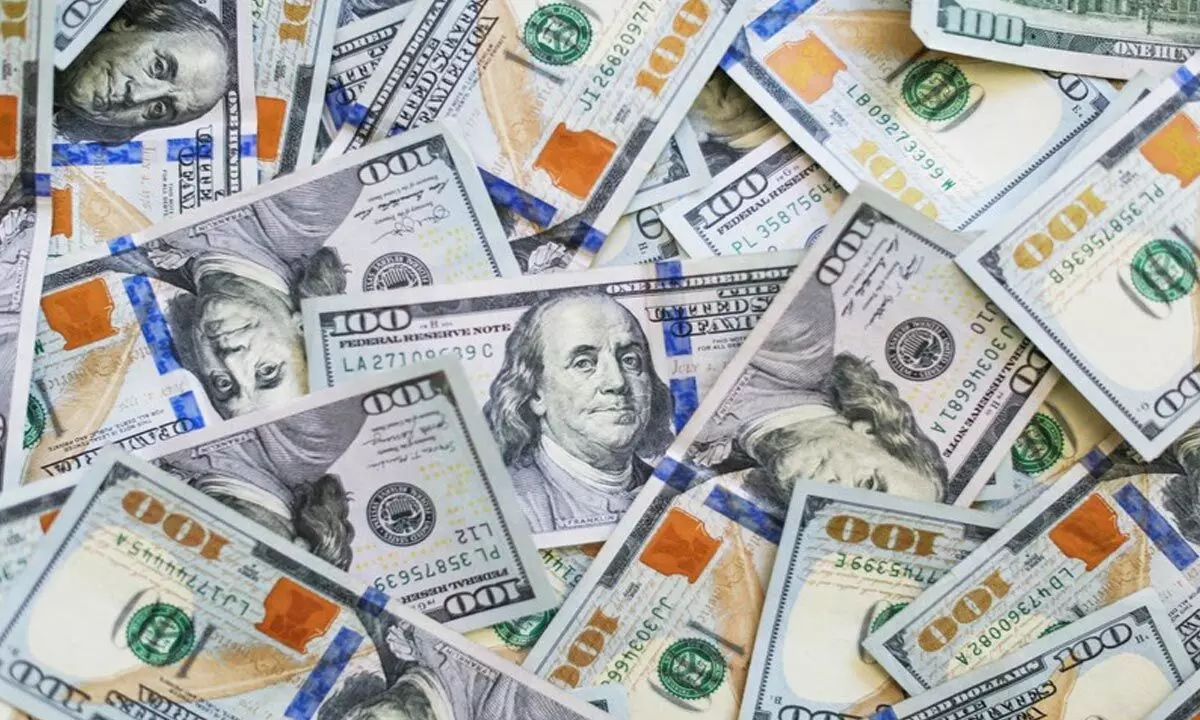No material impact of Fed rate hike on India
Weakness in crude oil prices and RBI’s move to pause the rate hikes will help India in short run: Experts
image for illustrative purpose

Mumbai: Experts are of the view that Fed rate hike may not have a material impact on India in the short run. The Federal Open Market Committee (FOMC) unanimously voted to raise rates by 25 bps to 5-5.25 per cent range earlier this week, marking the same peak of the 2004/06 cycle, but the pace of tightening is much quicker (500 bps in 15 months now versus 425 bps over two years).
Talking to Bizz Buzz, Hemang Jani, Head - Equity Strategy, Broking and Distribution, MOFSL said, “Fed hike seems like this is the last rate hike, but rate cuts could happen later only if there is significant deterioration in economic activity or inflation cools off.” This led to sell off in US markets but may not have a material impact on India in the short run as RBI have paused the rate hikes and there is weakness in the crude oil price, he added.
Interestingly, the forward guidance in the statement was modified to imply that there’s a good chance this was the last hike of the cycle, even though the language also retained the option to tighten at the next meeting if conditions warrant. The reference to the need to get policy ‘sufficiently restrictive’ was also dropped, suggesting that policy rates may already be there.
However, US Federal Reserve Chairperson Jerome Powell, while announcing the decisions, was less ambiguous in posing a few times that ‘policy is tight’ and adding that real rates are “meaningfully above” estimates of neutral rates. He stressed several times that the by-product of the banking stress is restraint on bank credit availability - an added headwind for the outlook and a defacto tightening in some form, which probably has led them to a lower terminal rate than otherwise. He continued to stress that he is of the view that the economy may sail through despite the massive hikes (vs. the staff forecasts that indicate a mild recession), and labour market may cool without crashing. Powell attributed the market’s pricing of rate cuts this year to a different view on inflation than the FOMC has forecast.
Madhavi Arora, lead economist, Emkay Global said, “There was a renewed rally in US duration as the curve bull-steepened, helped by acute repricing plus lack of firm pushback by Powell against market pricing of rate cuts. This got intensified after re-emergence of regional banking sector stresses when PacWest stated they are weighing strategic options, including a possible sale.”
The US dollar exhibits broad-based depreciation amid the re-emergence in US banking sector concerns and as markets continues to pull forward pricing of rate cuts. Overall, markets rapidly pulled forward pricing of rate cuts now implying over 75 bps of rate cuts in 2HCY23 and the fed funds rate to be below 3.50 per cent by late summer of 2024, she said.
The pricing looks difficult to fathom and also implies that there has to be an economic disaster in the next two months, to see such a sharp pivot - signs of which are yet to emerge. However, in such rapid tightening cycles, speed can kill, if stress extends beyond the banking system, and central banks will have a more difficult time limiting this contagion.
Historically, the median gap between Fed’s last hike and first cut is over seven months, and followed by pretty marked easing cycles. The dispersion around the duration of these pauses is big. The late 80’s period of extremely patchy growth cycle and hyperinflation period stands out, which saw a gap of mere one month in the pivot. In the summer 2006, the pause was as long as 15 month – followed by global financial crisis. While we see a static Fed in coming months, we continue to see a case for tricky sacrifice ratios and financial cracks, implying mispricing by equities.

